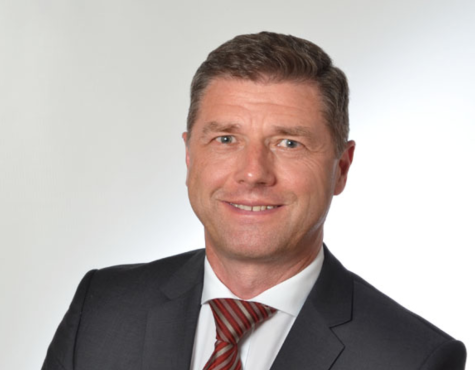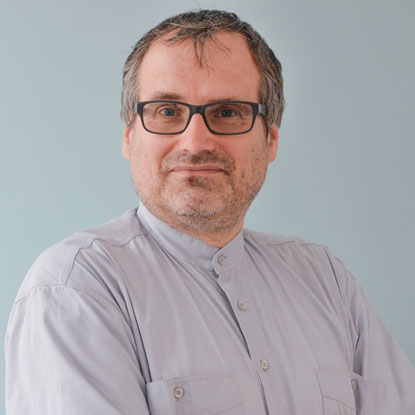Vibrational spectroscopies – and especially infrared spectroscopy – play an increasingly important role in modern biodiagnostics. This has led to the evolution of mid-infrared photonics from an emerging tool in the clinical/medical domain to an enabling technology. With applications ranging from non-invasive exhaled breath analysis to in-vivo assessment of cartilage damage, mid-infrared (MIR; 3-20 μm) photonics ranges among the most flexible molecular sensing platforms nowadays available. In particular, with the emergence of quantum and interband cascade laser.
technology, the on-chip hybridization and/or integration of entire MIR sensing devices is on the horizon ultimately leading to IR-lab-on-chip systems. The inherent molecular selectivity of MIR signatures enables studying small molecules (e.g., volatile organic compounds; VOCs) in the gas phase, as well as biomacromolecules (e.g., proteins) in the liquid phase at unprecedented detail in a label-free and non-destructive fashion. Last but not least, the combination with advanced multivariate data evaluation and deep learning algorithms facilitates analyses in real-world complex mixtures of biomedical and clinical relevance. The discussion of latest MIR photonic technologies in this presentation we will be augmented by highlight applications underlining the utility of next-generation MIR photonics.
Dr. Boris Mizaikoff is a Chaired Professor and Director of the Institute of Analytical and Bioanalytical Chemistry @ Ulm University, Germany. Since 2021, he is also a Director at the Hahn-Schickard Institute for Microanalysis Systems in Ulm. His research interests focus on optical sensors, biosensors, and biomimetic sensors in the mid-infrared spectral range, system miniaturization and integration based on micro- and nanofabrication, multifunctional (nano)analytical platforms, development of biomolecular/biomimetic recognition architectures, multivariate data evaluation, and applications in environmental analytics, process analysis, and biomedical/clinical diagnostics. He is author/co-author of 400+ peer-reviewed publications, 18 patents, and 100+ plenary, keynote, and invited contributions at scientific conferences.







